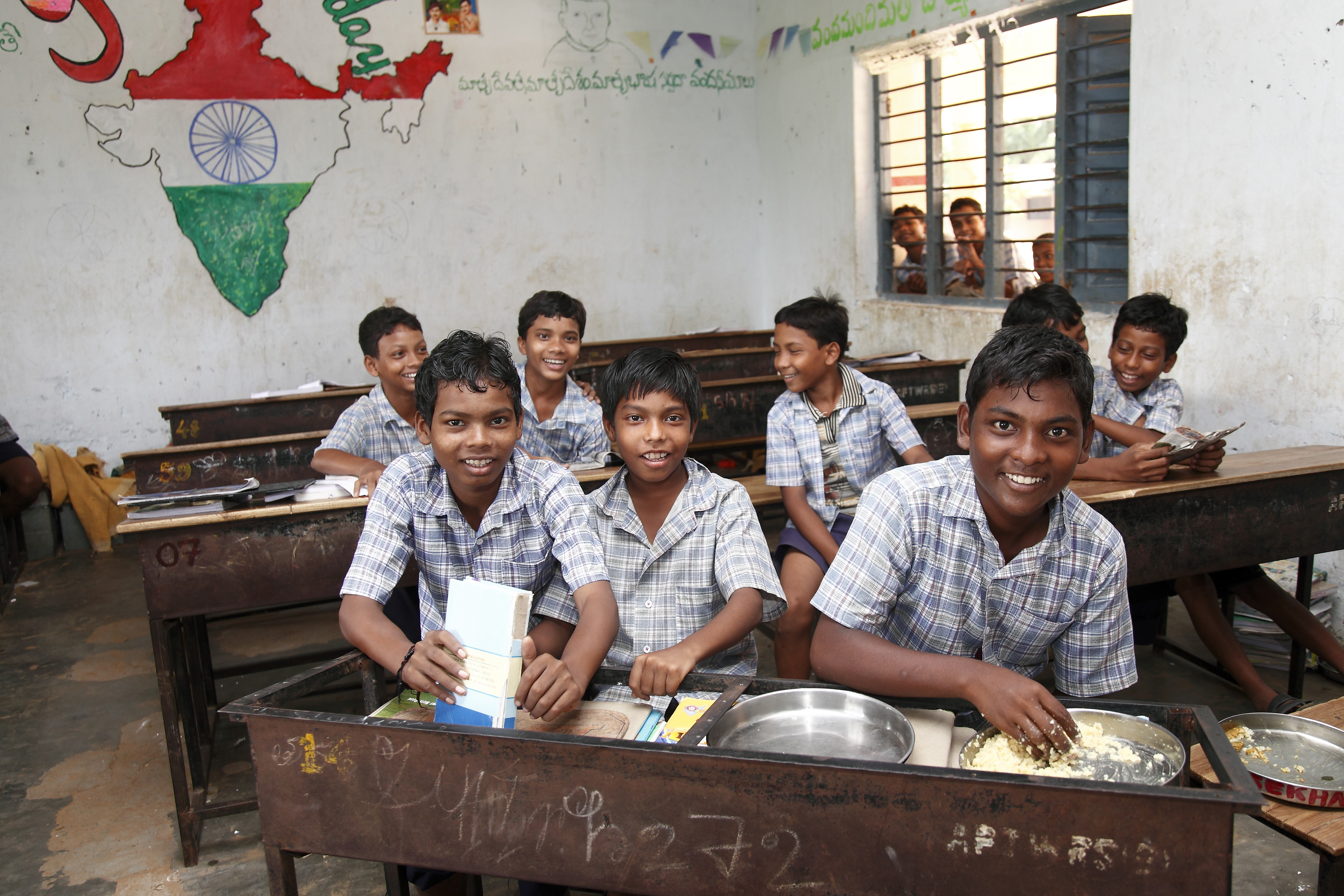
Breadcrumb
Study finds 15-year-old boys in India eat better diet than girls of the same age
A study of the diets of boys and girls living in two states in India has found that by the age of 15, boys are likely to be eating a wider variety of foods than girls. The gender gap in diet appears to be particularly marked in families that have high aspirations for their children’s education. The study by Young Lives and Imperial College London, says adolescent girls are less likely than boys to consume those costlier foods that are rich in proteins, vitamins and micronutrients necessary for their healthy development.
Researchers from the Young Lives study interviewed children and their parents, or guardians, living in the states of Andhra Pradesh and Telegana. They collected data from the same samples of about 1,000 older children and 2,000 younger children in 2006, 2009 and 2013 when the children were five, eight, 12 and 15 years old.
The children (or their parents or guardians if they were under the age of eight) were asked about what they had eaten in the last 24 hours. These foods were grouped into seven different food groups: eggs, milk and dairy products, legumes, pulses and nuts, root vegetables, fruit, meat and fish, oil, and cereals. They found that at the ages of five, eight and twelve, the diets of boys and girls were fairly similar. However, by the age of 15, a gender gap appears with the boys likely to eat half a food group more than the girls of the same age. The results show a gap even after controlling for other factors such as the onset of puberty, time spent working or at school, or dietary behaviours such as number of meals.
Parents and guardians of the children studied were also interviewed about the academic aspirations for their children, being asked what grades they would like their child to achieve if there were no constraints. The study finds that the gender gap in diet is linked with the parents’ educational aspirations, and not with other potential factors such as household income or the mother’s educational background. The gender gap in diet was found to be not as strong in families with low academic aspirations for their children.
The study highlights the fact that India has the highest population of 10-24-year-olds in the world, and the world’s highest burden of malnutrition, with children and young women being the most malnourished groups. It notes that women in India tend to have children at a young age, and concludes that policies that focus on the nutrition of adolescent girls may be needed to break the cycle of malnutrition from young mothers to their children.
Study author and Young Lives Associate Researcher, Dr Elisabetta Aurino, said: ‘The way that food is doled out within households may reflect parents’ investment in their children’s education and health. Previous research by Young Lives has already shown there are gender differences in the educational outcomes and aspirations for boys and girls, which become particularly marked during adolescence. This latest study shows that even if parents claim to have high education aspirations for their children, regardless of sex, in practice they are investing more in their teenage sons who are more likely to eat the more nutritional, expensive foods.
‘The gender gap is particularly striking in homes where parents have high education aspirations. We looked for other possible factors, but the gap is not so apparent when we compare richer against poorer households, or in households where maternal education is high or low'.
Download the Working Paper 'Do Boys Eat Better than Girls in India?'

